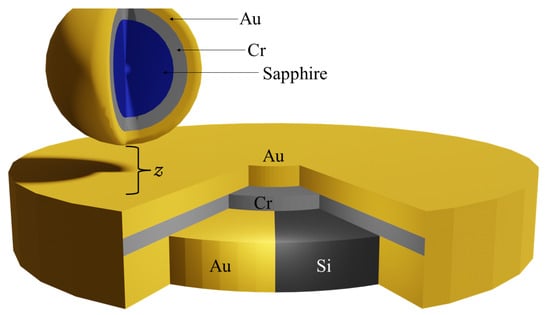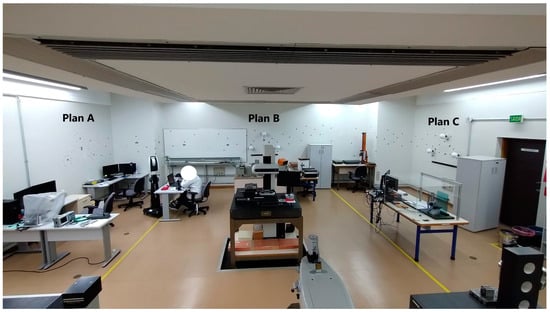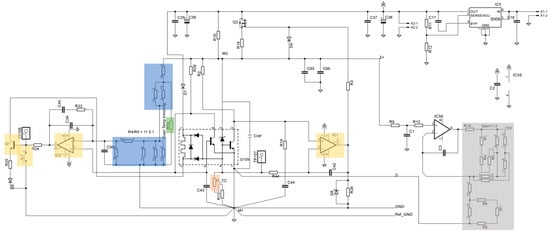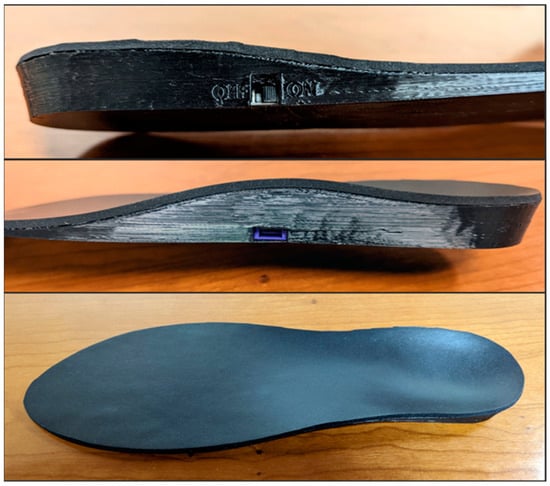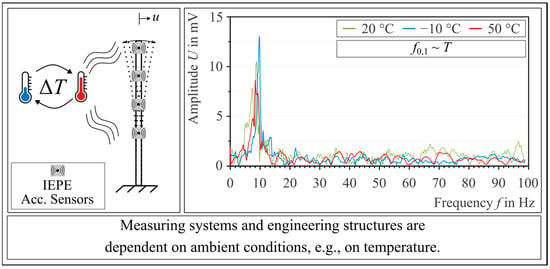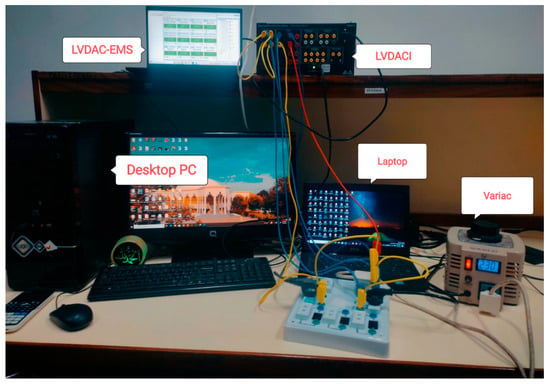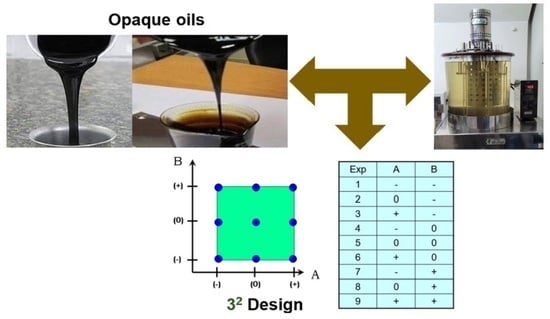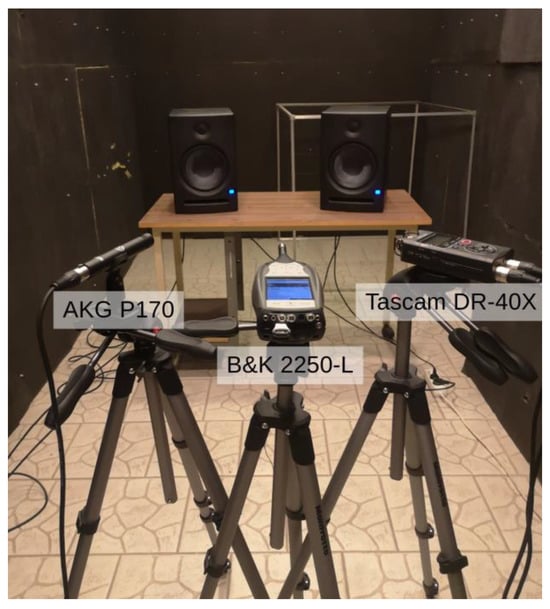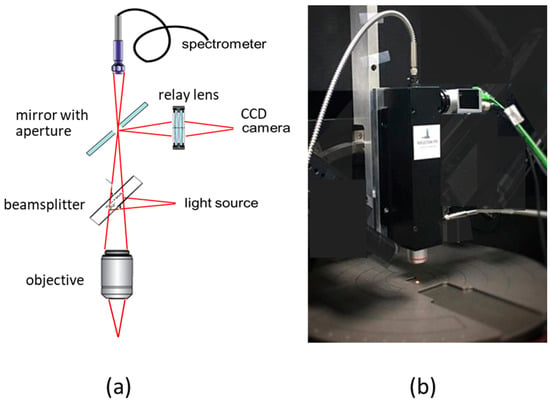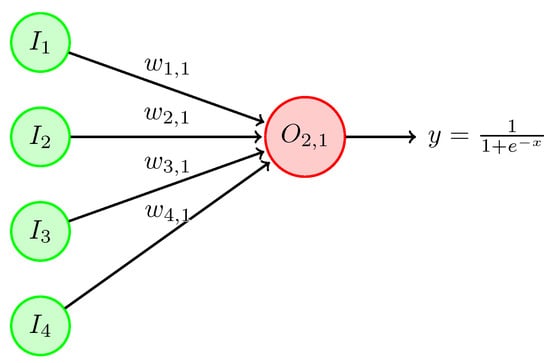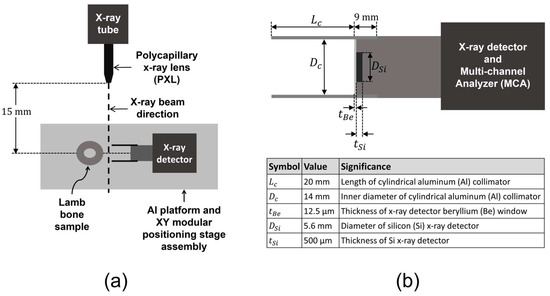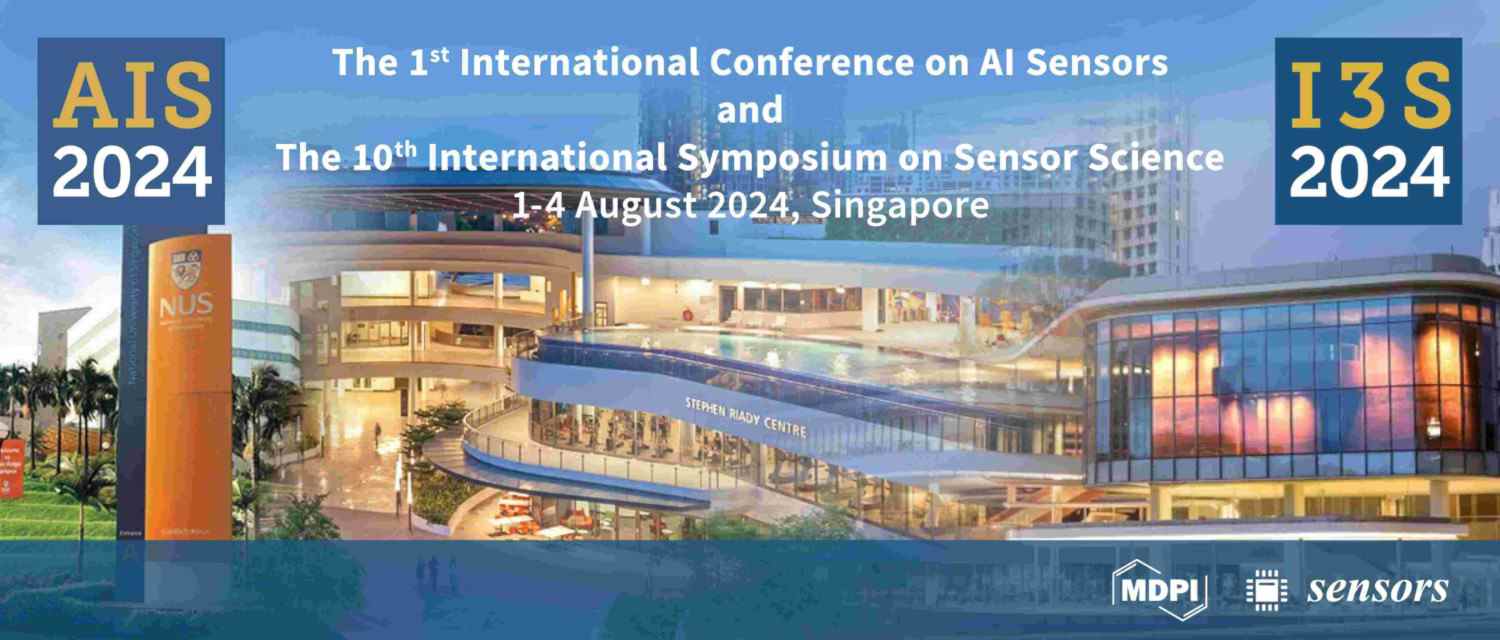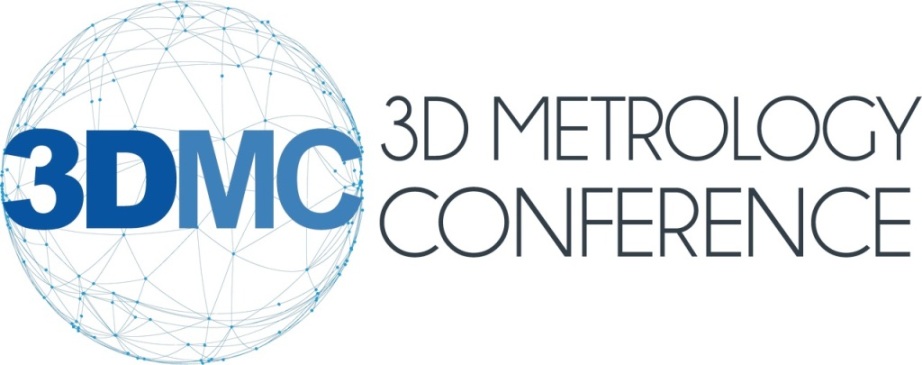-
 Experimental Investigation on the Transfer Behavior of Low-Noise IEPE Acceleration Sensors
Experimental Investigation on the Transfer Behavior of Low-Noise IEPE Acceleration Sensors -
 Deep Learning for Concrete Crack Detection and Measurement
Deep Learning for Concrete Crack Detection and Measurement -
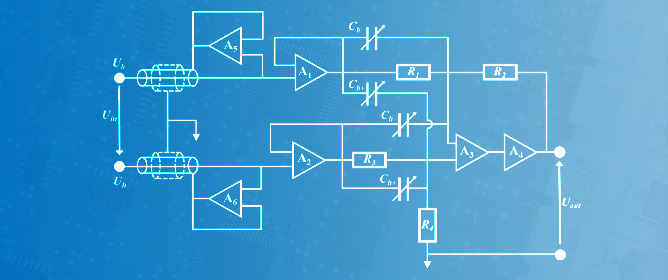 Digital Impedance Bridge for Four-Terminal-Pair AC Resistor Calibration up to 20 kHz
Digital Impedance Bridge for Four-Terminal-Pair AC Resistor Calibration up to 20 kHz -
 Design of Experiments for Evaluating the Relevance of Change in Test Method for Kinematic Viscosity of Opaque Oils
Design of Experiments for Evaluating the Relevance of Change in Test Method for Kinematic Viscosity of Opaque Oils
Journal Description
Metrology
- Open Access— free for readers, with article processing charges (APC) paid by authors or their institutions.
- Rapid Publication: manuscripts are peer-reviewed and a first decision is provided to authors approximately 28.6 days after submission; acceptance to publication is undertaken in 5.2 days (median values for papers published in this journal in the second half of 2023).
- Recognition of Reviewers: APC discount vouchers, optional signed peer review, and reviewer names published annually in the journal.
Latest Articles
E-Mail Alert
News
Topics
Deadline: 20 December 2024
Conferences
Special Issues
Deadline: 30 June 2024
Deadline: 5 August 2024
Deadline: 30 November 2024

